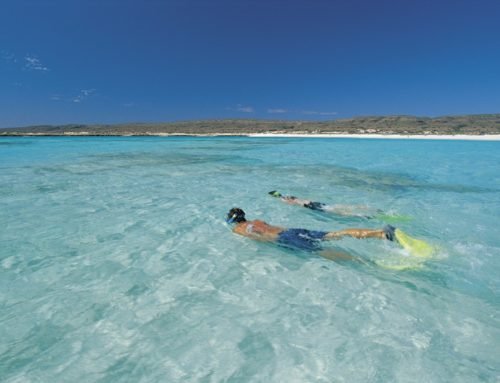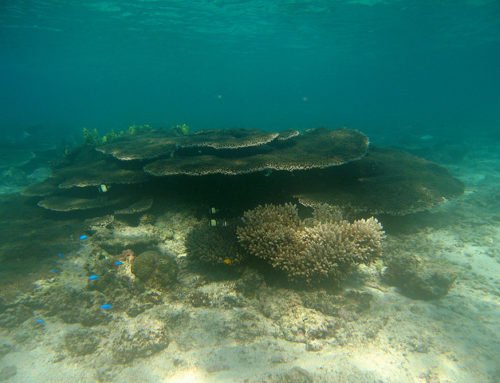Overview
- Highlights: Birds and wildlife
- Distance: 2 km (return)
- Duration: 1 to 3 hours
- Conditions: First section is easy, becomes harder as it narrows
- Best Time to Visit: April to September
- Facilities: Camping, lookouts, picnic area, public toilets
- Start/Finish: Yardie Creek car park
- Permit/Bookings: None required; entry fees apply to Cape Range National Park (A$11 per car per day)
- Address: Exmouth, Western Australia
Author Reviews[display_rating_item_results rating_form_id=”2″ rating_entry_ids=”1″ show_category_filter=”false” show_options=”true” result_type=”star_rating” preserve_max_rating=”true” show_title=”false” show_count=”false” ]
Total Rating: [display_rating_result rating_form_id=”2″ show_count=”false” show_rich_snippets=true] [accordions load=”1″] [accordion title=”User Reviews” last] [display_rating_item_results rating_form_id=”5″ show_options=”true” result_type=”star_rating” preserve_max_rating=”true” show_title=”false” show_count=”true” show_rich_snippets=true] [/accordion] [accordion title=”Add Review”][display_rating_form show_email_input=”true” show_comment_textarea=”true” show_name_input=”true” rating_form_id=”5″] [/accordion] [/accordions]
Summary
The Yardie Creek Walk Trail is one of the best walking trails in Cape Range National Park. This 2 km return trail has beautiful rugged scenery with easy walking trails to viewpoints. Expect to see many birds and, if you’re lucky, some black-footed rock wallaby that live in the hidden caves and tunnels below the rocky plateaus.
Cape Range National Park: Yardie Creek Walk Trail
Cape Range National Park is a spectacular place of rugged limestone ranges, breathtaking deep canyons and stretches of pristine, white beaches. The area is known for the striking contrast of turquoise waters and sandy beaches of Ningaloo Marine Park, and the rugged scenery of Cape Range National Park.
Turquoise Bay and The Oyster Stacks, great spots for snorkelling and pristine white beach locations, are situated in the Cape Range National Park.
[singlepic id=3290 w=720 h=560 float=center]
Cape Range National Park provides some amazing outback adventures, including four-wheel driving, however, we decide to go gorge hiking and bush walking instead.
Mangrove Bay, Yardie Creek, Mandu Mandu Gorge, Shothole and Charles Knife Canyons are some of the walking trails that take us to viewing points that provide breathtaking downward views into lagoons, gorges and canyons. Centuries of erosion have formed spectacular multi-coloured gorges and sheer canyon walls that are home to a variety of wildlife.
[singlepic id=3287 w=720 h=560 float=center]
We decided to hike the Yardie Creek Walk Trail, which is a 2 km walk overlooking the ancient Yardie Creek gorge. The views were amazing – red limestone cliff faces and the opportunity to see a wonderful array of birds and wildlife, including the rare black-footed wallaby, euros and red kangaroos.
There is also a shorter 500-metre (½ hour return) walk that meanders above the gorge’s vertical red rock walls, overlooking Yardie Creek. We decided to add a further 1.5 kilometres (1½ hours return) to this walk, so we followed the track that lead from the end of the Yardie Creek Walk into the wilderness.
It is initially an easy walk but becomes more difficult as you ascend the Yardie Creek range. Starting at river level the trail slowly climbed up the red rock cliffs of the gorge, becoming more difficult as we ascended the Range. However, the views into the gorge were well worth the effort.
From the top, the views into the creek and out to the Ningaloo Reef were purely spectacular. Centuries of erosion have formed a spectacular multi-coloured gorge.
[singlepic id=3289 w=720 h=560 float=center]
Yardie is the only gorge in the area with permanent water, however, this is salt water fed from the ocean. This interesting ecosystem has mangrove areas that provide roosting sites for many bird species while the sheltered waters are a sanctuary for many marine animals.
Beneath the rocky plateaus is a network of hidden caves and tunnels that harbour unique cave-dwelling animals like black-footed rock wallabies. These timid creatures seek shelter on ledges along the gorge walls resting during daylight hours, coming out to feed in the cool of the night.
As we were trekking early in the morning, we were very lucky to spot a black-footed rock wallaby sitting quietly on the corner of a rocky outcrop.
Tip
Caution should be taken when bushwalking in the canyon areas as walls are steep, and can be dangerous due to loose surfaces.







